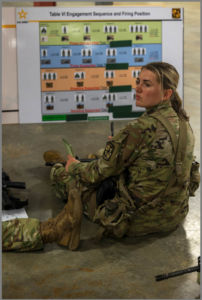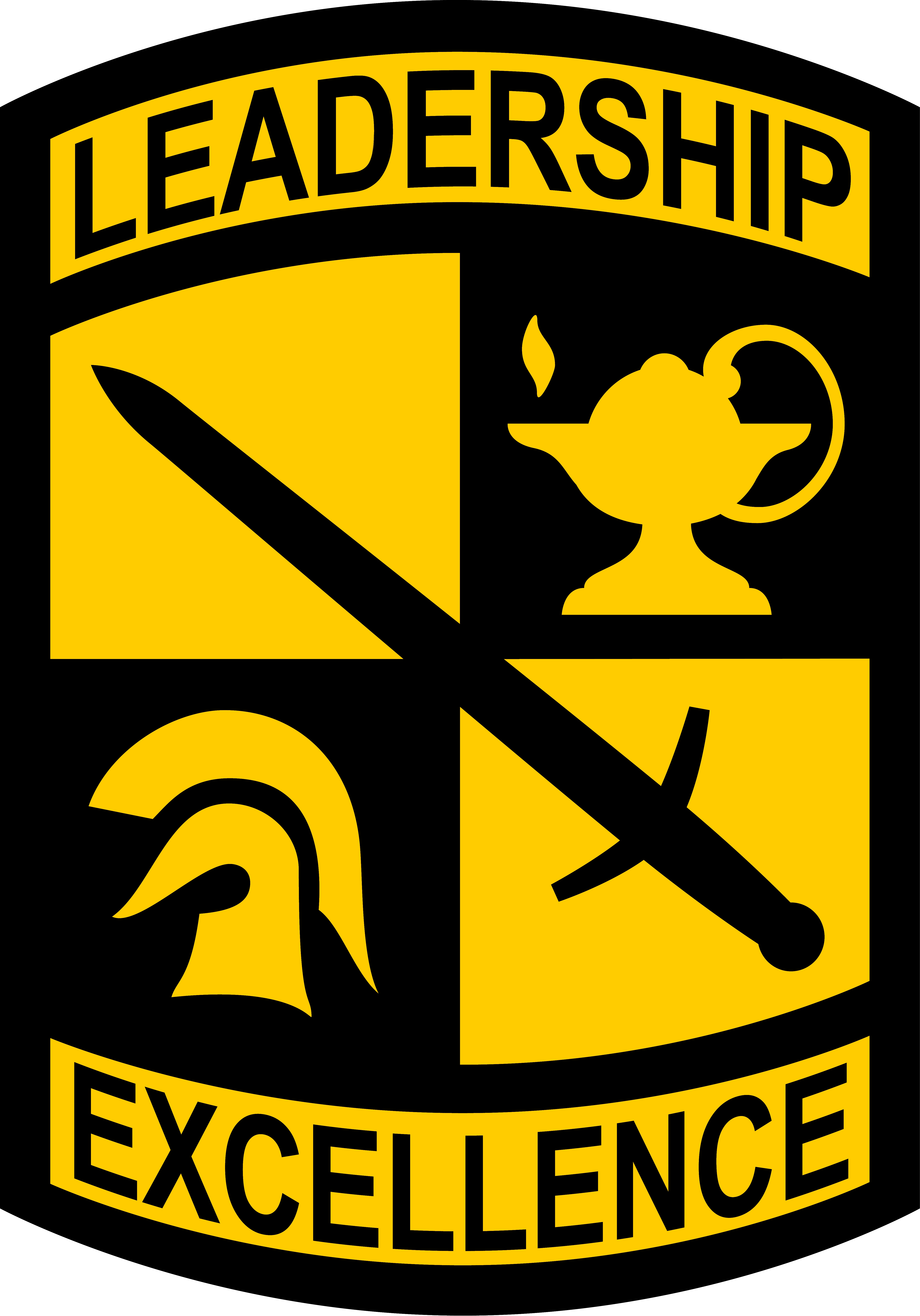Cadets from 1st Regiment, Advanced Camp completed their Engagement Skills Trainer at Fort Knox, Ky., June 6, 2024. EST allows Cadets to practice shooting fundamentals like breath control, aiming and trigger control.
Cadets must pass EST with a score of 23 out of 40 to demonstrate proficiency. EST prepares Cadets to complete the live fire range. The live fire range utilizes real ammunition to create a realistic combat situation, which can be high pressure.

Cadets with 1st Regiment, Advanced Camp complete the Engagement Skills Trainer at Fort Knox, Ky., June 6, 2024. Cadets must demonstrate shooting fundamentals in this event to prepare for live fire ranges. | Kendall Kelly, University of Georgia, CST Public Affairs Office
“Focus on your breathing,” Spc. Evan Parker stationed in Fort Collins, Colorado said. “Just get as relaxed as you possibly can before you get behind the weapon to fire.”
Cadets start the task with a 25 meter zero, where they align their sights with the point of aim. Then, Cadets move on to the practice qualification that imposes a faster time constraint than the real qualification. They will hit targets; 50 meters both left and right, then 100, 150, 200, 250 and 300 meters. Completing the EST ensures weapon safety before the live fire range.
“It involves a lot of weapon safety and accuracy.” Spc. Parker said. “You want to make sure you are lethal but you’re lethal against the right enemies.”
For future Cadets, building relationships and working together is the key to success. Cadet John McCullouch with 1st Regiment, Advanced Camp from Vanderbilt University took EST as an opportunity to learn from his peers, in turn, building his own confidence and competency.
“Everything accomplished is a confidence booster. Coming into camp, I was very nervous,” McCullouch said. “Admit your weaknesses so that people who are better than you can help.”

Cadets with 1st Regiment, Advanced Camp complete the Engagement Skills Trainer at Fort Knox, Ky., June 6, 2024. Cadets must demonstrate shooting fundamentals in this event to prepare for live fire ranges. | Kendall Kelly, University of Georgia, CST Public Affairs Office
Many Cadets have similar EST simulators at their home universities. Cadet Spencer West with 1st Regiment, Advanced Camp from Texas A&M University practiced the simulator multiple times before arriving to camp. West’s grandfather served as a radio technician in World War II, fueling his motivation to join the Army ROTC program. Now, he looks forward to completing camp and growing as a leader.
“Study to the best of your ability. Lean on your peers,” West said. “And then once you do get that information, being able to hand it on to the next group of people because you’ll be able to build yourself as a leader.”

